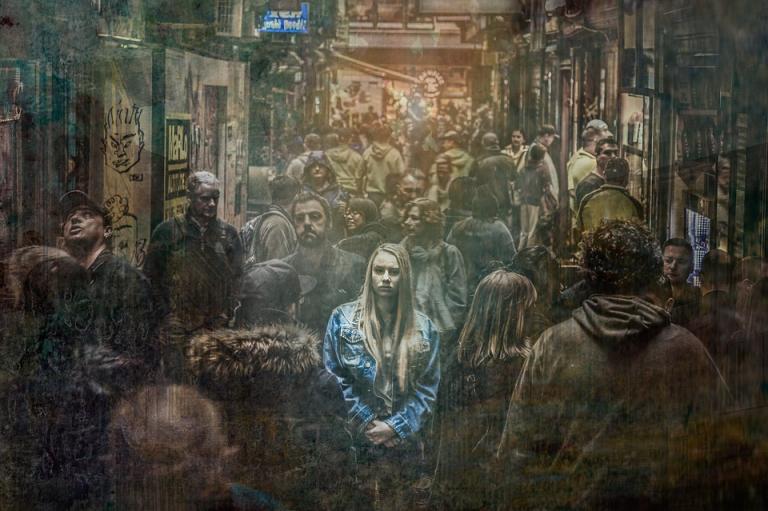Most Americans are lonely, according to a new study. And, contrary to what we might expect, the older you are, the less lonely you feel. In fact, loneliness is greatest among young people.
The study, sponsored by Cigna Insurance, surveyed 20,000 Americans, aged 18 and over. It made use of the USC Loneliness Scale, which measures various factors defining loneliness on a scale of 20-80. Someone with a score of 43 can be described as “lonely.” Higher scores show just how lonely the person is. For the full report, go here.
Here is a summary of the findings:
- Nearly half of Americans report sometimes or always feeling alone (46 percent) or left out (47 percent).
- One in four Americans (27 percent) rarely or never feel as though there are people who really understand them.
- Two in five Americans sometimes or always feel that their relationships are not meaningful (43 percent) and that they are isolated from others (43 percent).
- One in five people report they rarely or never feel close to people (20 percent) or feel like there are people they can talk to (18 percent).
- Americans who live with others are less likely to be lonely (average loneliness score of 43.5) compared to those who live alone (46.4). However, this does not apply to single parents/guardians (average loneliness score of 48.2) – even though they live with children, they are more likely to be lonely.
- Only around half of Americans (53 percent) have meaningful in-person social interactions, such as having an extended conversation with a friend or spending quality time with family, on a daily basis.
- Generation Z (adults ages 18-22) is the loneliest generation and claims to be in worse health than older generations.
- Social media use alone is not a predictor of loneliness; respondents defined as very heavy users of social media have a loneliness score (43.5) that is not markedly different from the score of those who never use social media (41.7).
The average score was 44, which suggests that Americans, on the whole, are indeed lonely to one degree or another. Members of Generation Z (18-20 something) had the highest loneliness score of 48.3. Millennials were at 45.3. Baby Boomers were at a not-so-lonesome 42.4. The Greatest Generation, those 72 and above, were, on the whole, hardly lonely at all, with an average of 38.6.
Why are younger people so lonesome?
One might suspect that social media, where your “friends” are online contacts as opposed to flesh and blood human beings in your life, is to blame. But this research doesn’t bear that out. (Although that last bullet point raises a question for me: the social media users average of 43.5 is over the threshold that defines loneliness, whereas the score of non-social media users of 41.7 rates as non-lonely. The study elsewhere makes a bigger deal of similar 2 point differences.)
One commentator on the study, citing other research, says that the key is how a person uses social media: “If you’re passively using it, if you’re just scrolling feeds, that’s associated with more negative effects,” says Brigham Young psychologist Julianne Holt-Lunstad, “But if you’re using it to reach out and connect to people to facilitate other kinds of [in-person] interactions, it’s associated with more positive effects.”
See also Rhitu Chatterjee’s article on the study.
I have a theory about why teenagers and young adults are so lonely. This is the age at which human beings are most concerned with reaching out to others. They yearn for understanding, are worried about how they appear to others, and need to connect with other human beings. (In Classical Education terms, this is the “rhetoric” phase.) And yet, in typical school structures, segregated by age, with adults not in the picture, socially-inexperienced young people tend to form cliques, pecking orders, and hierarchies. Sometimes these reach Lord of the Flies levels of viciousness and exclusion. Thus, a teenager yearns to belong, and yet feels excluded from the group, resulting in a feeling of loneliness.
I wonder if Generation Z’s who have been home-schooled or otherwise exist in social circles that contain adults and peers of different ages have the same rates of loneliness.
And, of course, factors are also going to be absent fathers, and, across the board, the general breakdowns of families, communities, churches, etc.
Any other theories?
Illustration, “Loneliness in a Crowd” By U3117126 [CC BY-SA 4.0 (https://creativecommons.org/licenses/by-sa/4.0)], from Wikimedia Commons













